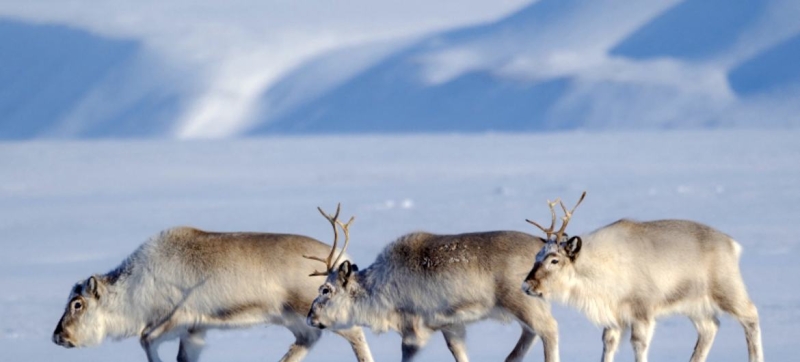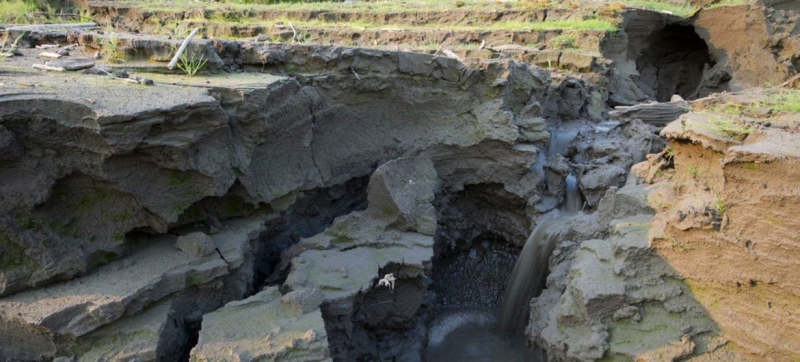
Experts are concerned that diseases from animals like reindeer could spread to humans as global warming opens up the Arctic to shipping and mining. Could ancient microbes be awakened by melting Arctic glaciers and cause deadly outbreaks?? Climate and Environment
Anthrax bacteria killed more than 2,500 reindeer on Siberia’s remote Yamal Peninsula during the unusually hot summer of 2016, according to one study. The pathogen, previously dormant in permafrost, eventually spread to humans, killing a 12-year-old boy.
A harbinger of future troubles
Some researchers believe that this outbreak was a harbinger of things to come. As the Arctic warms rapidly due to climate change, melting glaciers could unleash large numbers of potentially deadly microbes that have been dormant in the ice for centuries and to which modern humans have no immunity.
This danger is highlighted in a report by the United Nations Environment Programme (UNEP) and the International Science Council, which is dedicated to emerging problems in the modern world that threaten the health of the planet and humanity.
“Because these microbes are now trapped in permafrost, it’s hard to say how widespread or dangerous this problem might be,” says Andrea Hinwood, UNEP’s chief scientist.
“But there are reasons to worry,” she adds.
The Arctic is warming faster than other regions
The Arctic, which spans 14 million square kilometers across eight countries, is covered in a layer of permafrost, a frozen mixture of soil, rock, ice and organic material. But the Arctic is now warming four times faster than the rest of the globe, and as permafrost melts, ancient bacteria and viruses are being released.
According to a study published in the journal Environmental Sustainability, about four sextillion microbes are released each year – that’s a number with 21 zeros.
Some researchers are particularly concerned that the thawed remains of dead Arctic animals may contain dormant microbes. A reindeer burial ground was the site of anthrax in 2016. Most of the bodies found there belonged to animals that died of the disease more than 70 years ago.

Melting Permafrost in Siberia
What’s happening in the Arctic has happened before in warmer climates, Hinwood said. pathogens were transmitted from humans to animals and vice versa. “This is not a new phenomenon, but it is happening in a new place,” the expert says.
As warming opens the Arctic to shipping, mining and other industries, Hinwood says, it could bring many more people into close proximity to thawed permafrost and potentially dangerous microbes.
A Vicious Cycle
The spread of disease isn’t the only problem associated with melting Arctic glaciers. Permafrost contains about 1,500 gigatons of carbon, about twice as much as is in the atmosphere. As permafrost thaws, the carbon breaks down and is released into the atmosphere as carbon dioxide or methane. These greenhouse gases further warm the planet, causing even more permafrost to melt.
To prevent runaway climate change and disease outbreaks, Hinwood says, the international community must reduce emissions of the greenhouse gases that cause global warming. Countries also need to continue to monitor retreating permafrost and invest in mapping the types of microbes that live there.
“We’re in an ‘if’ and ‘maybe’ scenario at the moment,” the expert explains. “There’s a lot of uncertainty, and the best we can do is use the tools and science we have to get as much information as possible.”
